In the last few years, we’ve seen and heard a lot about a “new” way of thinking about marketing: growth loops.
And, to be fair, there’s a lot to be said about growth loops and how many successful companies have used a product-first approach to creating sustainable growth.
But, are growth loops really the solution to ever-rising marketing costs? And can they be a solution in every product category and vertical? Sort of and yes, in that order.
This guide will show you how we use growth loops as a marketing agency at every stage of the marketing funnel in just about every product category.
What are Growth Loops
First, it’s worth briefly describing what we mean by growth loops. In short, growth loops happen when you design a product with a built-in marketing strategy.
A straightforward example of a growth loop in action is a social platform, such as LinkedIn. Part of using LinkedIn involves inviting other people to join your network, even people on your email list that you sync with your account.
The more people use LinkedIn, the more those people are encouraged to continue using it and create relevant connections.
In that way, LinkedIn has growth built right into its product model.
In other words, a growth loop involves using a product in a way that generates an output that’s visible outside of the product’s ecosystem. When that happens, users market the product essentially by virtue of using it.
There’s more to say about growth loops, but that about covers everything we need for this discussion.
The Growth Loops Vs. Funnels Debate
Funnels are one of the first things you learn about when you get into any marketing effort.
We describe the sales process by comparing it to a funnel to represent the breadth of marketing efforts at each stage. That is to say, at the awareness stage we’re marketing to a large audience that shrinks as we move down the funnel.
We’ve written extensively about sales and marketing funnels, and it’s a frequent topic at our live events.
For some reason, a debate has sprung up about whether traditional marketing funnels or growth loops are the best way to think about growth right now.
In our opinion, it’s an artificial debate because there’s no reason to split the two up. And for those who claim the two aren’t compatible, we respectfully disagree.
In fact, we try to build growth loops into every stage of our marketing. With a little outside-the-box thinking and clever use of advertising resources, you can magnify every marketing effort with a growth loop.
Using Growth Loops in Every Stage of The Marketing Funnel
For the sake of simplicity and brevity, we condensed the funnel for this purpose into four stages:
- Awareness
- Consideration
- Desire
- Conversion
There are, of course, more stages that merit discussion, but those fall outside the scope of this guide. Suffice it to say, the principles we describe in these four stages can be applied to any number of sub-stages you want to work into your marketing strategy.
Growth Loops in the Awareness Stage
We begin in the awareness stage. At this point, we’re trying to get as many potential buyers interested as possible.
Typically, this is where most companies focus a large portion of their marketing budget. And that’s true despite the fact that spending in other parts of the funnel often has better ROI.
In the awareness stage, we frequently create growth loops with giveaways.
The specifics vary significantly depending on the type of product and market, but the basic structure remains the same.
First, we establish a giveaway schedule that works with what a client expects to achieve. For this example, let’s say that’s giveaways on a monthly interval.
Then, we design the structure of the giveaway and find out if there are partnerships we can establish with other companies in complementary industries to make it more appealing to audiences.
Next, we run a giveaway with a strong emphasis on incentives for participants to share the giveaway. Those incentives create the pivotal action point of the giveaway. It’s what makes the growth loops by encouraging participants to take an action visible outside of the giveaway’s ecosystem.
We also emphasize rewarding those who encourage others to participate in the next giveaway. And since only a few winners walk away with prizes, each giveaway compounds the number of users for the next one.
Thus creating a growth loop.
Growth Loops in the Consideration Stage
Moving on, we focus on creating growth loops in the consideration stage.
And, here, we have the most liberty to apply a variety of strategies. However, we’ll only cover the most common one we use right now.
At this point in the funnel, your audience already sees you as a viable candidate to solve their problem. So, your goal should be to reinforce the fact that you are not just a viable candidate but the best candidate.
We believe that a big part of any strategy in this stage should involve email marketing.
In fact, we use email marketing to create a growth loop in this stage.
First, we establish a strong foundation by creating a variety of lead magnets. Those can take the form of highly targeted blog posts, discounts, and many other straightforward tactics.
Once we hit a critical growth point in the email list, we begin releasing a periodical email blast. Sometimes, that takes the form of a newsletter but you’ll often have to improvise around this point if newsletters don’t make sense for your product offering.
In the newsletter, we place particular emphasis on exclusive rewards. That is to say, incentives that are only available to subscribers.
The biggest challenge about building growth loops into your newsletters is providing enough value to encourage an action whose output exit the loop’s ecosystem.
Put another way, what do you offer subscribers in order to make the newsletter remarkable enough to share?
One way to accomplish this is with a premium subscription.
The premium subscription includes (you guessed it) premium content that’s not available to all subscribers. How you monetize that premium content is immaterial.
In fact, you may not want to monetize it at all.
Instead, offer the premium subscription as a form of the referral bonus. Subscribers who refer (say) three new subscribers get access to the premium content.
For each subscriber you manage to convert, you’ve got three new ones. And there’s your growth loop!
Establishing Growth Loops: Example
One of the critical strategies that helped Harry’s Razors go from a completely unknown company to a powerhouse rivaling long-standing industry leaders was such a growth loop.
Before the brand even launched, its team created a simple microsite with an email capture form. After users input their email addresses, they were prompted to earn referral rewards with the following milestones:
- 5 referrals = free shave cream
- 10 referrals = free razor
- 25 referrals = free premium razor
- 50 referrals = free shaving for a year
This netted them over 100,000 subscribers in under a week and it’s still an often-cited case study showing the power of growth loops.
To be clear, that’s only one way to establish a growth loop in the consideration stage. It’s one we’ve used to great success but it doesn’t apply to all brands and products.
For a more bespoke solution, we’d have to take a look at the particulars of your business and how to piece together a growth marketing strategy within that context.
Growth Loops in the Desire Stage
OK, so we’ve made it to the desire stage.
Your prospects are now aware of your brand, they’ve deliberated about it, and they’re ready to purchase.
This stage is where the rubber meets the road and we usually make a strong emphasis on showing rather than telling.
In other words, we encourage clients to use samples, product demos, and free trials.
The benefit of these this marketing tactic is that you get prospects to use your product, obviously. But that doesn’t quite make it a loop.
To get to loop territory, we implement what we call “extensions”. By extensions, we mean small ways in which prospects can extend or improve their demo or sample by encouraging others to join them.
For one client, that meant offering prospects who already have a free trial an extension on that trial for every referral they make for others to sign up for a free trial.
It was a relatively minor extension and didn’t impact their bottom line too significantly. But, on average, every free trial user brought in around one more prospect. That’s amazing long-term value.
This is the most challenging stage of the funnel for looping. And that’s because you want prospects to be in it for as short a time as possible. And yet, there’s a lot of value to be gained if done correctly.
So, put on your best brainstorming hat and think very carefully about how to implement the best growth loop you can.
Growth Loops in the Conversion Stage and Beyond
Finally, we’ve arrived at the conversion or action stage.
At this point, the most important thing you can do is get out of your prospect’s way. If someone has made a decision, don’t do anything that can make acting on that decision more difficult.
However, once they’ve made the decision to purchase, your goal should be to step right back in and nurture that purchaser.
Growth loops in this stage of the funnel mostly revolve around various types of loyalty programs. Ways in which you reward your customers for coming back in the future when they need your product again.
Dropbox is one of the most famous instances of using a post-conversion referral program as a growth driver.
During onboarding, Dropbox used to give users the opportunity to refer a friend for 16GB of additional cloud storage for both users.
This double-sided referral program is now relatively common but was a game-changer at the time. Dropbox leveraged that growth loop to the tune of 3900% growth in under 18 months.
The key lesson from that example is not the specific growth loop that Dropbox used. But rather at what point of the sale process it was implemented.
By placing the referral option after conversion, Dropbox avoided unintentionally increasing friction during the conversion stage.
But, once the prospect converts, the onboarding process is the perfect time to introduce a growth loop action.
Loops or Funnels? Why Not Both?
If you’ve been following along, you will have noticed that each strategy we described doesn’t exist in a vacuum.
Instead, each is fuelled by the one before to create a giant growth loop that feeds back into itself.
And, none of these strategies is dependent on reengineering a product. While some marketers think of growth loops as a product-centered marketing strategy, we prefer to look for ways to introduce growth loops at every stage of the sales cycle.
We hope this inspires you to step outside the box and start thinking in loops, no matter how you market your products.

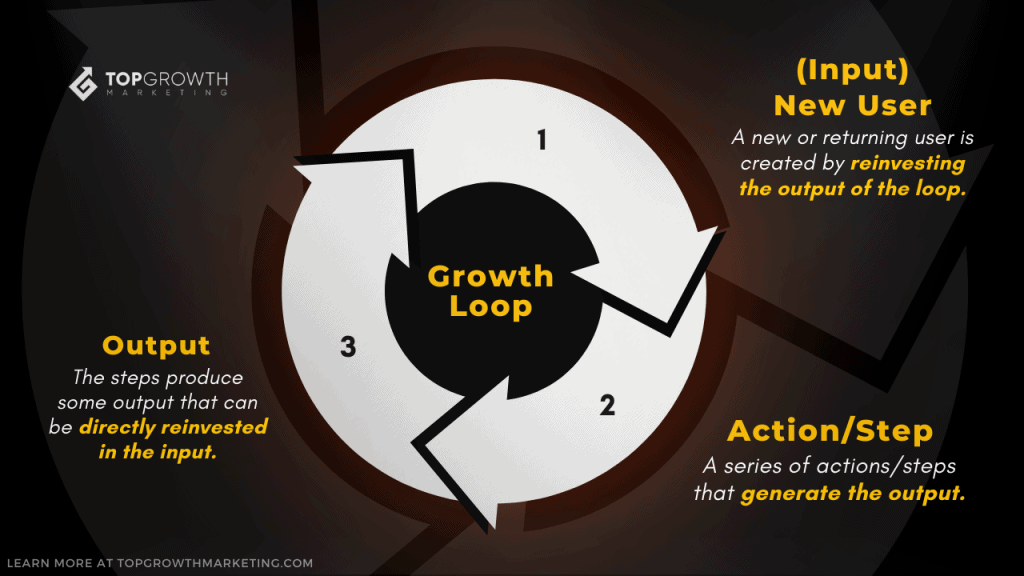
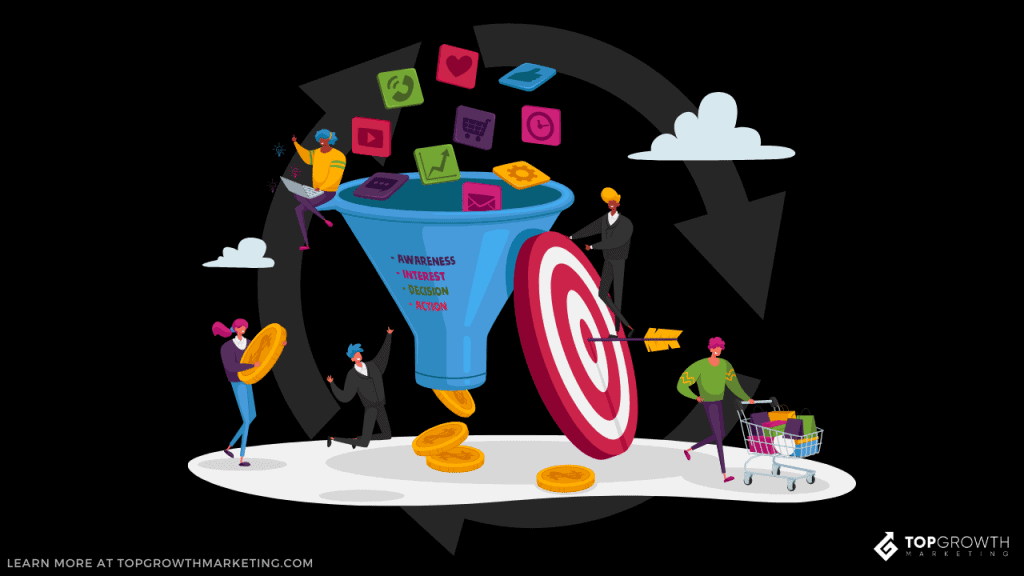
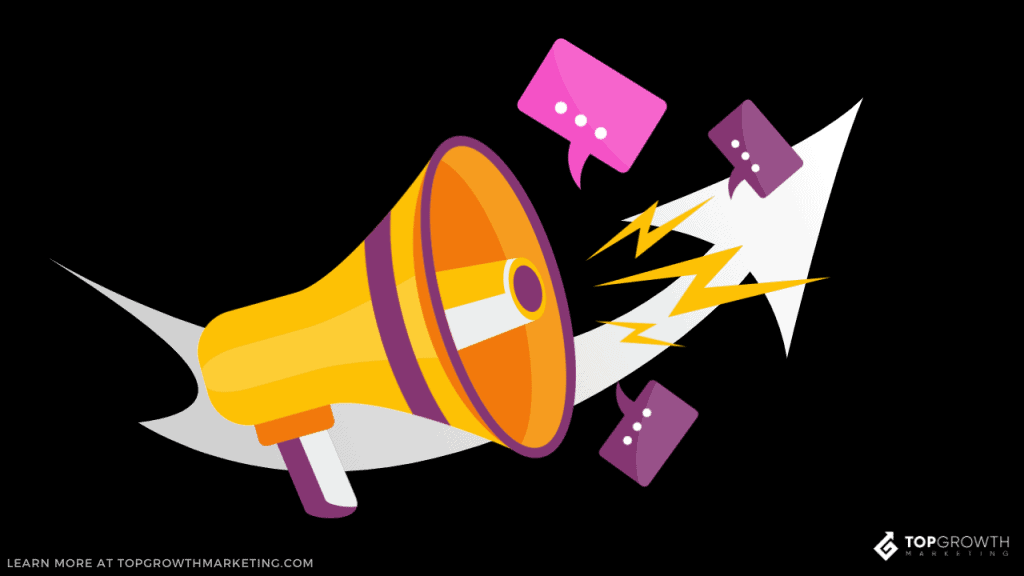
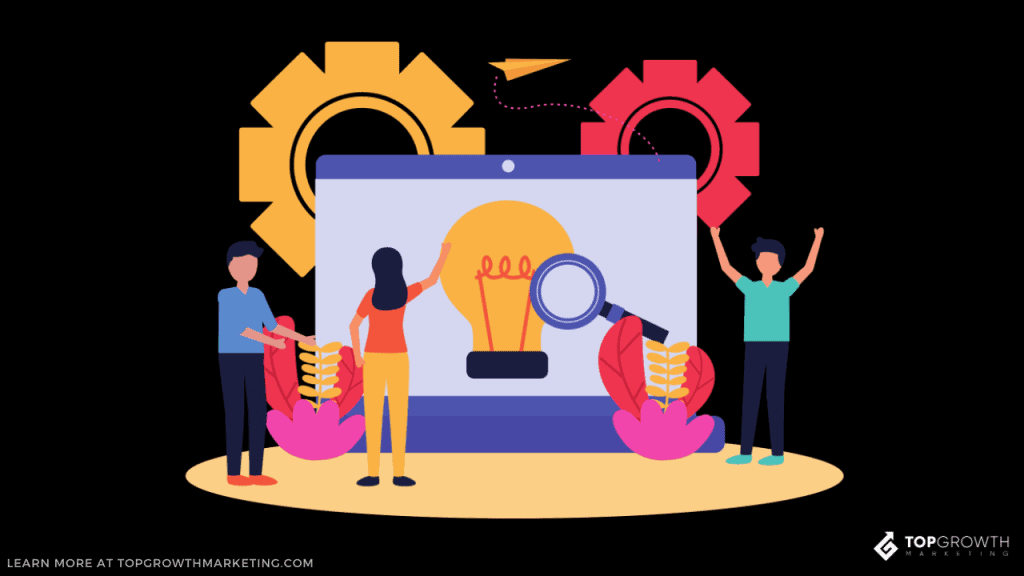
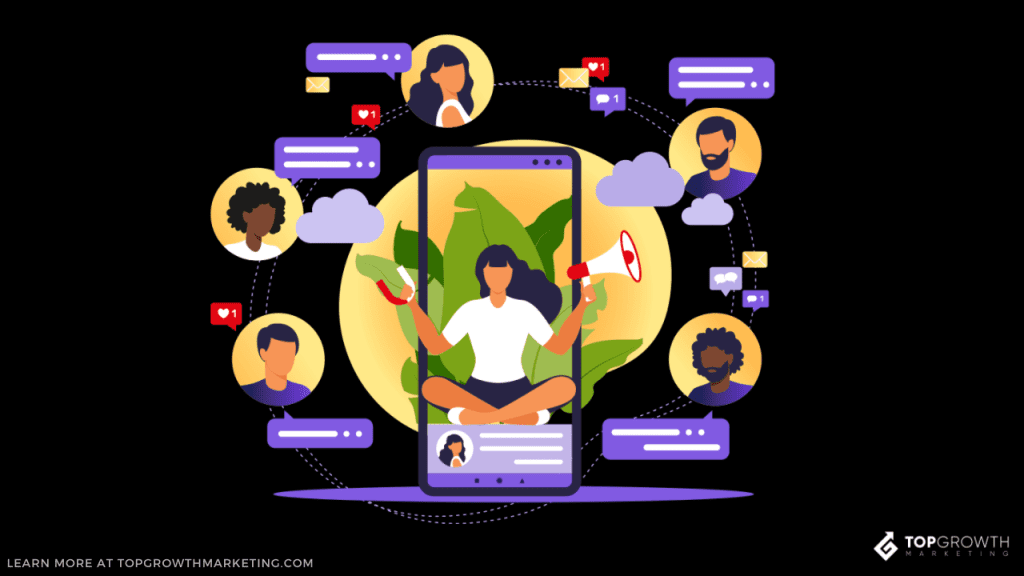
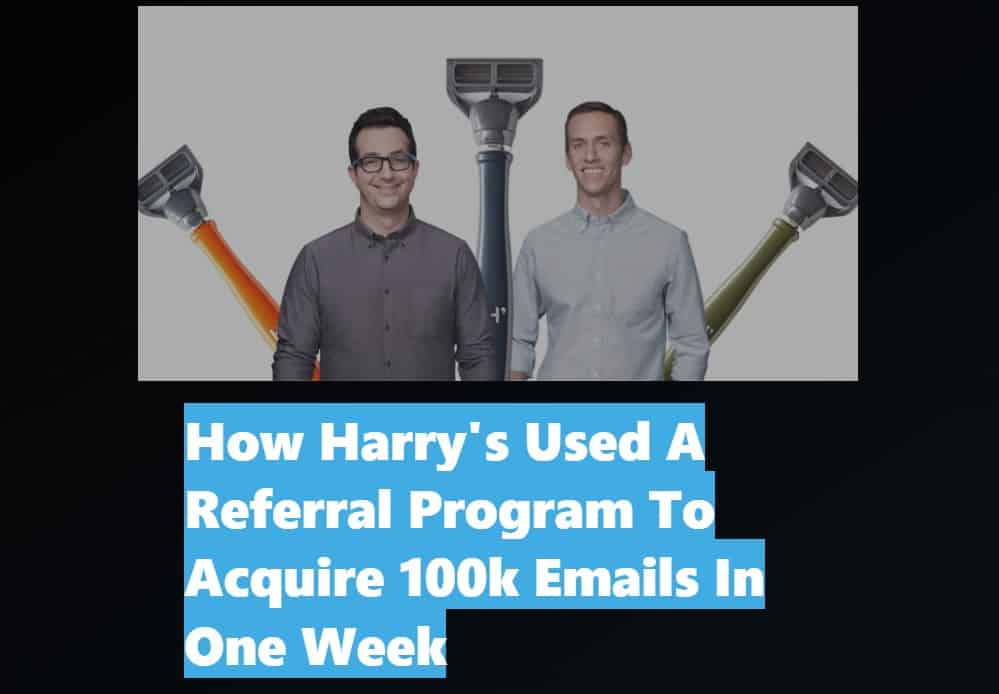

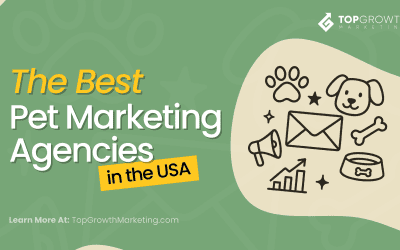
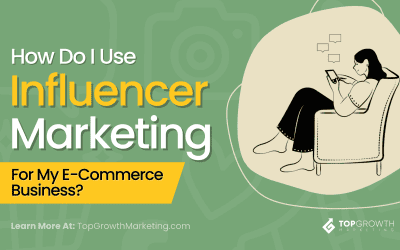
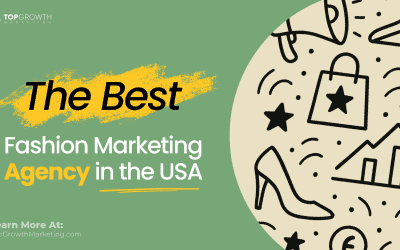
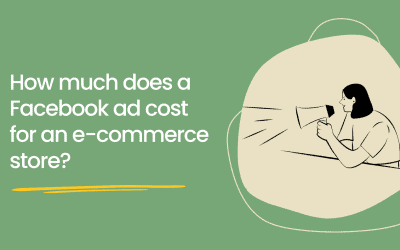
0 Comments